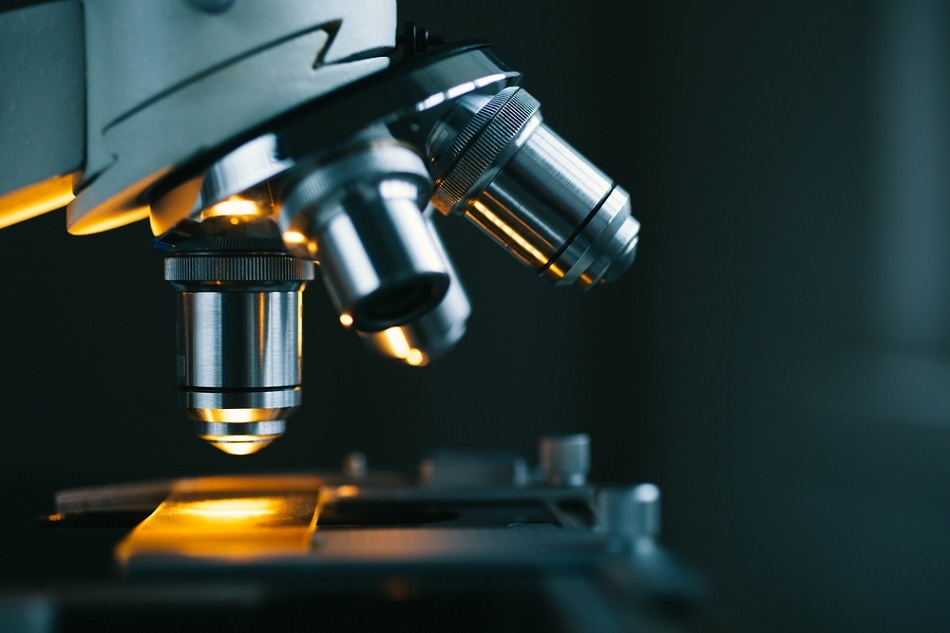Oct 6 2017
The Nobel Prize in Chemistry was awarded to Optical Scientists, only three years ago, for breaking Abbe’s diffraction limit in order to enable super-resolution microscopy.
 Konstantin Kolosov/ Shutterstock.com
Konstantin Kolosov/ Shutterstock.com
Today, biomedical microscopy has again become famous, with the 2017 Nobel Prize in Chemistry being awarded to Jacques Dubochet, University of Lausanne, Switzerland; Joachim Frank, Columbia University, USA; and Richard Henderson, Cambridge University, UK; "for producing cryo-electron microscopy for the high-resolution structure determination of biomolecules in solution." Researchers have used cryo-electron microscopy to now freeze biomolecules mid-movement and then define the structures of their proteins at atomic resolution. Biochemistry has entered into a new era because of this technology.
“The Nobel Committee’s recognition of yet another type of biomedical imaging underscores just how important, and enabling imaging and microscopy techniques are to all areas of science and medicine,” stated Elizabeth M.C. Hillman, professor of Biomedical Engineering at Radiology, Columbia University, and general chair of the upcoming 2018 OSA BioPhotonics Congress.
The contribution by Drs. Dubochet, Frank and Henderson enables biochemists to image every corner of the cell in atomic detail; a close-up view beyond the reach of optical methods, but an amazing complement to the continuum of optical microscopy and in-vivo optical imaging and tomography methods that are increasingly enriching medical science.
Elizabeth M.C. Hillman, Professor of Biomedical Engineering at Radiology, Columbia University, and General Chair of the upcoming 2018 OSA BioPhotonics Congress
The team’s work also proves to be a testament to the significance of interdisciplinary technique development that spans engineering, physics, chemistry and biology, notes Hillman.
University of California Davis Professor and Chair of the OSA Microscopy, Histopathology and Analytics topical meeting at the upcoming OSA congress, Richard Levenson, stated, “Cryo-electron microscopy’s major breakthrough was to enable imaging of intact cells, frozen in time, without the need for the damaging sample preparation steps required by conventional electron microscopy. Beyond just imaging, the method permits the structure of single proteins to be determined in the context of their native cellular environment.”
Dr. Levenson, pathologist by training, has himself has pioneered methods in order to simplify and enhance microscopic imaging of tissues to tease out small details that can betray the existence of disease. “We finally are entering an era where ‘seeing is believing,” says Levenson, “tests that used to rely on biochemical analysis can now visualize molecular events directly. I think the next decade will see a revolution in the way we understand the workings of cells, organs and organisms and the way we use that information in medicine.”
The Nobel Prize Award Ceremony will be conducted on 10th December in Stockholm, Sweden. The honor will be presented to Dubochet, Frank and Henderson and the other 2017 Laureates during this annual ceremony by his Majesty King Carl XVI Gustaf of Sweden.